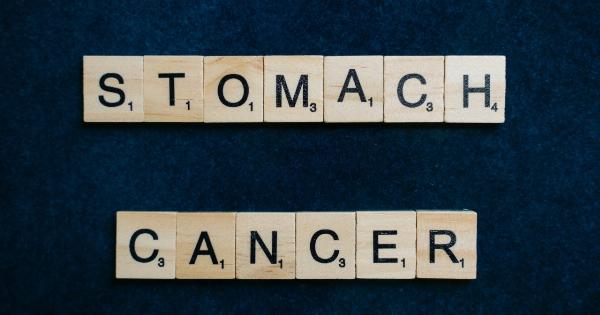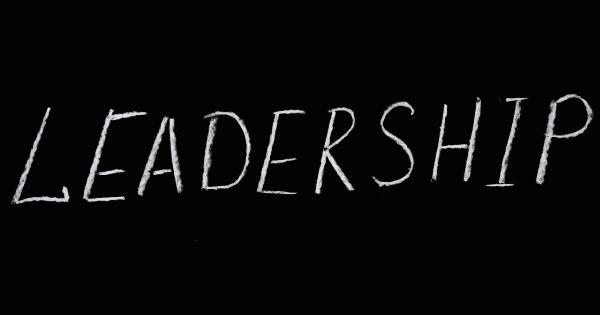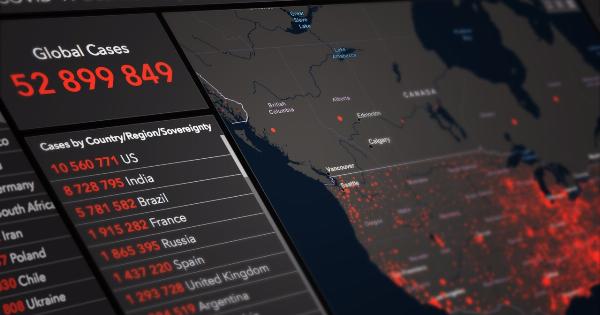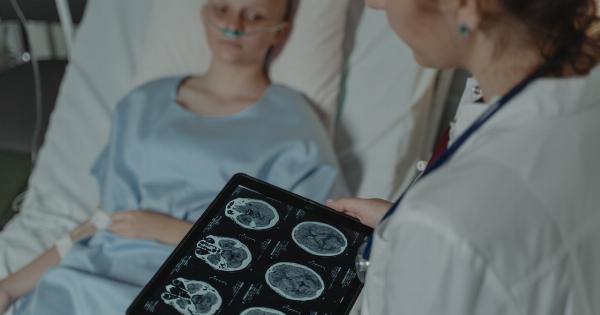Infectious agents have long been recognized as important contributors to the development of certain types of tumors.
These agents can include viruses, bacteria, and parasites, and their presence can initiate a series of events that lead to the development and progression of a tumor. In this article, we will explore the relationship between infectious agents and tumor development, as well as the mechanisms by which these agents can induce oncogenesis.
Viruses and Tumors
Viruses are perhaps the most well-known group of infectious agents that are directly linked to tumor development.
Certain viruses, known as oncogenic viruses, have the ability to integrate their DNA into the host cell’s genome, leading to the dysregulation of normal cellular processes and the initiation of uncontrolled cell growth. Examples of these oncogenic viruses include the human papillomavirus (HPV), hepatitis B virus (HBV), and Epstein-Barr virus (EBV).
HPV is well-known for its association with cervical cancer. The viral genes E6 and E7 interfere with the normal function of tumor suppressor proteins, such as p53 and retinoblastoma protein (Rb).
This interference promotes the survival and proliferation of infected cells, ultimately leading to the development of cervical cancer.
HBV and EBV, on the other hand, are associated with liver cancer and certain types of lymphomas, respectively. These viruses can directly infect the liver or lymphocytes, leading to chronic inflammation and genetic instability.
The prolonged inflammation eventually creates an environment conducive to the development of tumors.
Bacteria and Tumors
While viruses are more commonly associated with tumor development, certain bacteria have also been implicated in oncogenesis. One such example is the bacterium Helicobacter pylori, which is known to cause chronic gastritis and peptic ulcers.
In some cases, chronic infection with H. pylori can lead to the development of gastric cancer.
H. pylori colonization triggers a host immune response, which in turn leads to the release of reactive oxygen and nitrogen species that cause DNA damage.
Additionally, the bacterium produces proteins that interfere with host cell signaling and promote cell survival and proliferation. These combined effects contribute to the development of gastric cancer in a subset of individuals infected with H. pylori.
Parasites and Tumors
Parasitic infections have also been linked to tumor development in certain cases. One well-known example is the parasite Schistosoma haematobium, which causes urinary schistosomiasis.
Chronic infection with this parasite can result in the development of squamous cell carcinoma of the bladder.
Schistosoma haematobium releases eggs into the bladder, which induce a chronic inflammatory response.
Over time, the egg-induced inflammation leads to the formation of fibrotic tissue and genetic abnormalities, ultimately culminating in the development of bladder cancer.
Mechanisms of Oncogenesis
While the exact mechanisms by which infectious agents induce tumor development can vary, several common themes can be identified. One such mechanism is chronic inflammation.
Prolonged inflammation can create an environment that favors the growth and survival of transformed cells, while also promoting genetic instability and mutations.
Additionally, some infectious agents encode proteins that directly interfere with host cell signaling pathways.
These proteins can activate pro-survival pathways, inhibit tumor suppressors, or promote cell cycle progression, all of which contribute to uncontrolled cell proliferation and tumor development.
In other cases, infectious agents can induce DNA damage through the release of reactive oxygen and nitrogen species or through the insertion of viral or bacterial DNA into the host cell genome.
The resultant DNA damage can disrupt the normal functioning of cellular processes, leading to dysregulated cell growth and the initiation of oncogenesis.
Prevention and Treatment
Given the significant contribution of infectious agents to tumor development, prevention and treatment strategies often focus on targeting these agents.
Vaccination against certain oncogenic viruses, such as HPV and HBV, has proven effective in reducing the incidence of associated cancers.
In the case of bacteria, the use of antibiotics to eradicate the infection, coupled with lifestyle modifications to minimize exposure to known carcinogens, can help reduce the risk of tumor development.
Similarly, the treatment of parasitic infections can help prevent the associated tumors from progressing.
Conclusion
Infectious agents, including viruses, bacteria, and parasites, play a significant role in tumor development.
Through various mechanisms, these agents can initiate a cascade of events that lead to the dysregulation of cellular processes and the uncontrolled growth of cells. Understanding the relationship between infectious agents and tumor development can help inform prevention strategies and the development of targeted therapies for individuals at risk.





























